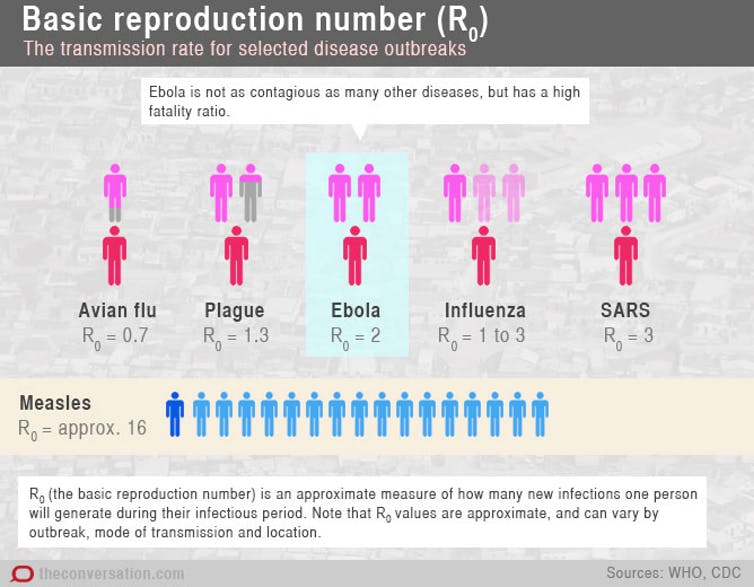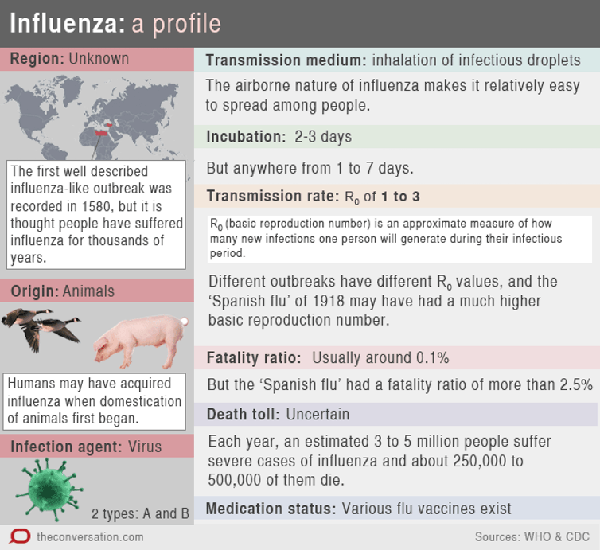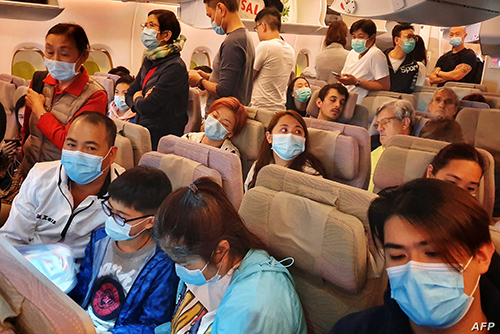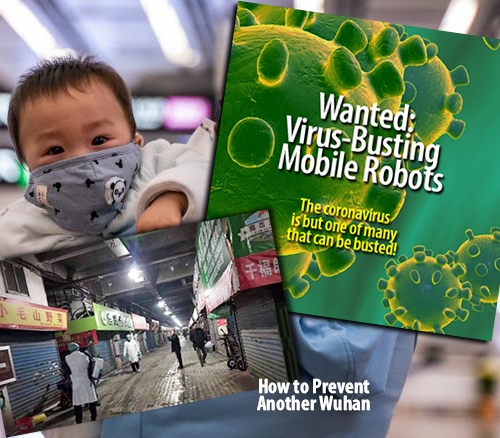
Some Things Bear Repeating
Airports as Virus Carriers
A chilling threat of epidemics and pandemics lurks within every airport during a virus crisis. Before future viruses get out of hand, wouldn’t an army of virus-busting robots patrolling airports help in the alert process? As of 3 February 2020, there are zero.Airports worldwide: 41,000
Give Pepper a “real” job. Some airports have service robots gliding around offering gate and ticket assistance, directions, emergency help, even selfies, which is all good; but could those robots do more? To date, there are no virus-sniffing robots at any airport worldwide.
“Wuhan Coronavirus Looks Increasingly Like a Pandemic, Experts Say” —New York Times

Here’s the robot challenge
It’s not just from fellow passengers where airport virus threats can lurk. Well-wishers seeing someone off or welcoming someone home, workers in the food court, servers at Starbucks, or airport and airline employees, even an Uber driver dropping someone off, can be a potential carrier of something nasty.
Nearly 5 billion people annually take to the skies (better than 60 percent of the world’s population), while millions of others come to see them off or cheer them home. Sure, individual aircraft recirculate onboard air and filter it with “High-Efficiency Particular Air” or HEPA filters, but airports don’t HEPA-filter the air at any of the world’s 41,000 airports.
HEPA filters capture 99.97 percent of particles between 0.1 and 0.3 micrometer and 100% of the larger particles. Coronaviruses are on average about 0.1 micrometers in size, so HEPA filters work well. Not so personal surgical masks, even the highly rated N95 mask, which filters 95 percent of particles sized 0.3 micrometers or larger (coronaviruses are on average are smaller at 0.1 micrometers).
Infectious Risks of Air Travel (American Society for Microbiology) are considerable: “Air transportation is a major vehicle for the rapid spread and dissemination of communicable diseases, and there have been a number of reported outbreaks of serious airborne diseases aboard commercial flights including tuberculosis, severe acute respiratory syndrome, influenza, smallpox, and measles, to name a few.”

Companion article to our Friday, 31 January 2019 article: Can Robot Sentinels Warn of Viruses? Mobile robots bristling with sensor tech and AI—like an electronic “smart nose”—might provide early warning enough to prevent Wuhan-like disasters.
Infection is easy…and fast!
According to an article published in the New England Journal of Medicine (NEJM), the number of infections reported in Wuhan has doubled every 7.4 days on average. The NEJM study published on Jan. 29 estimated that, on average, people show symptoms about five days after they are infected.

“While we do not know all of the mechanisms of spread of the epidemic so far, there is likely spread by droplets and contaminated surfaces, and possible airborne [spread], similar to SARS,” Dr. Mark Denison, a virologist at the Vanderbilt University Medical Center, said.
“Coronaviruses in general are spread through close contact — a range of about 3 to 6 feet. The virus is primarily spread through a sick person coughing or sneezing on someone, said Dr. Kathy Lofy, a health officer in Washington state.
“A person could also become infected through contact with the virus particles on a surface, though it’s unknown how long the new coronavirus can survive on surfaces outside of the body. If an infected person sneezes or coughs onto a surface, such as a countertop or doorknob, and another person touches that surface and then rubs his or her eyes or nose, for example, the latter may get sick.”

